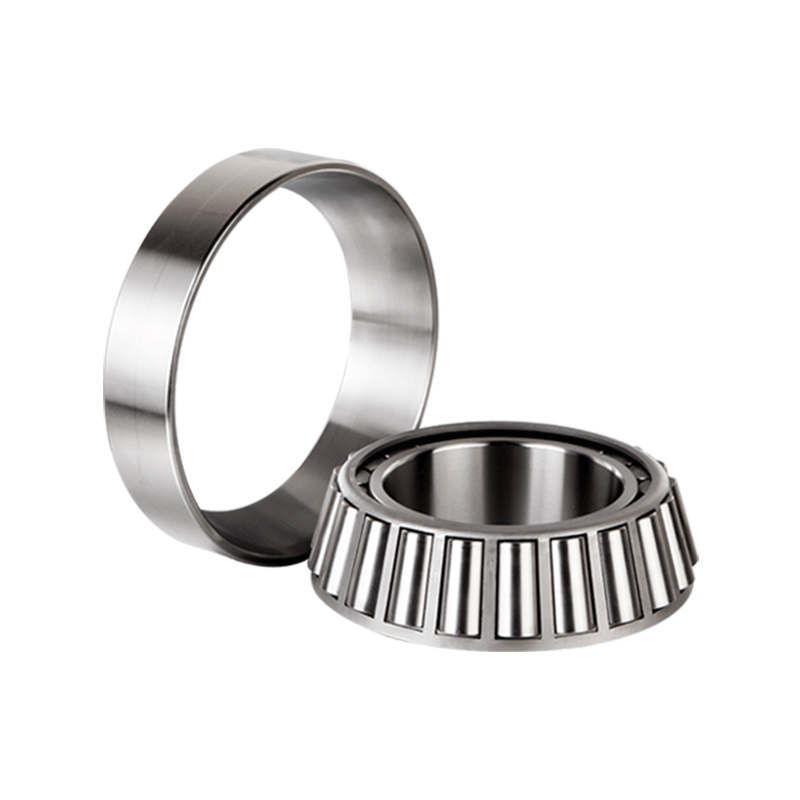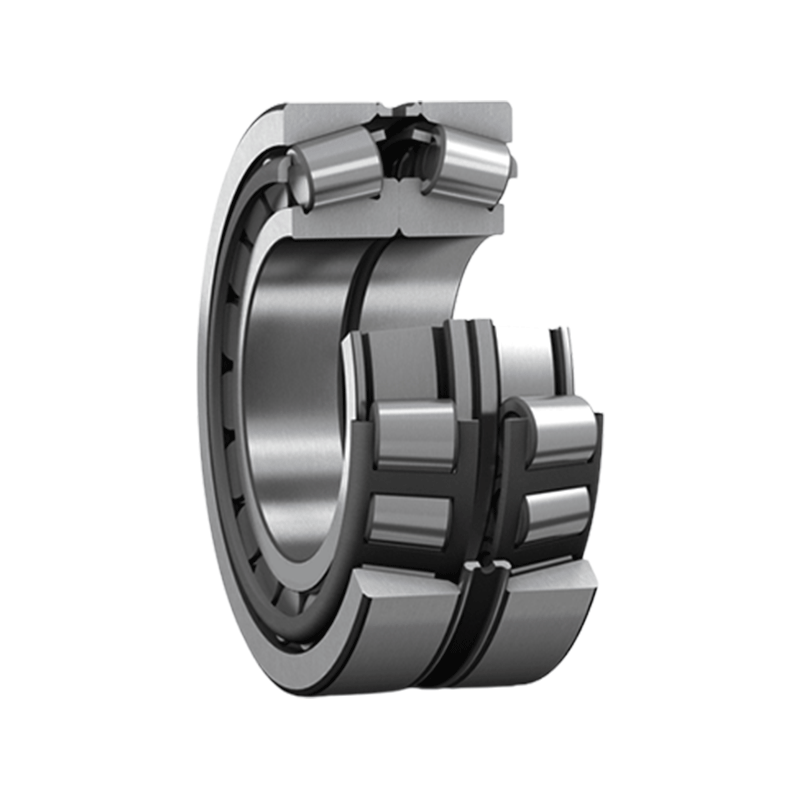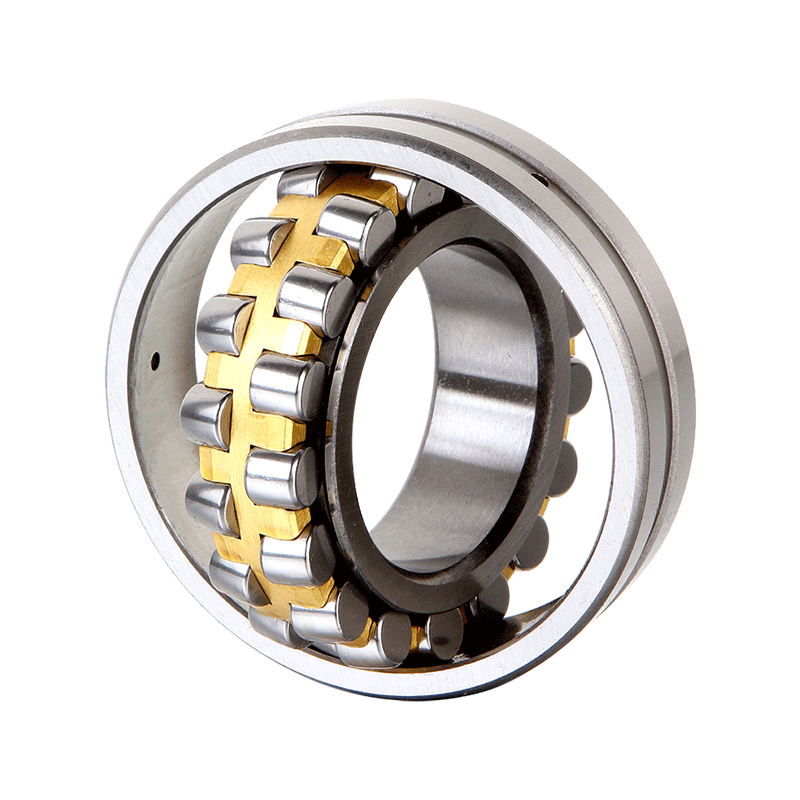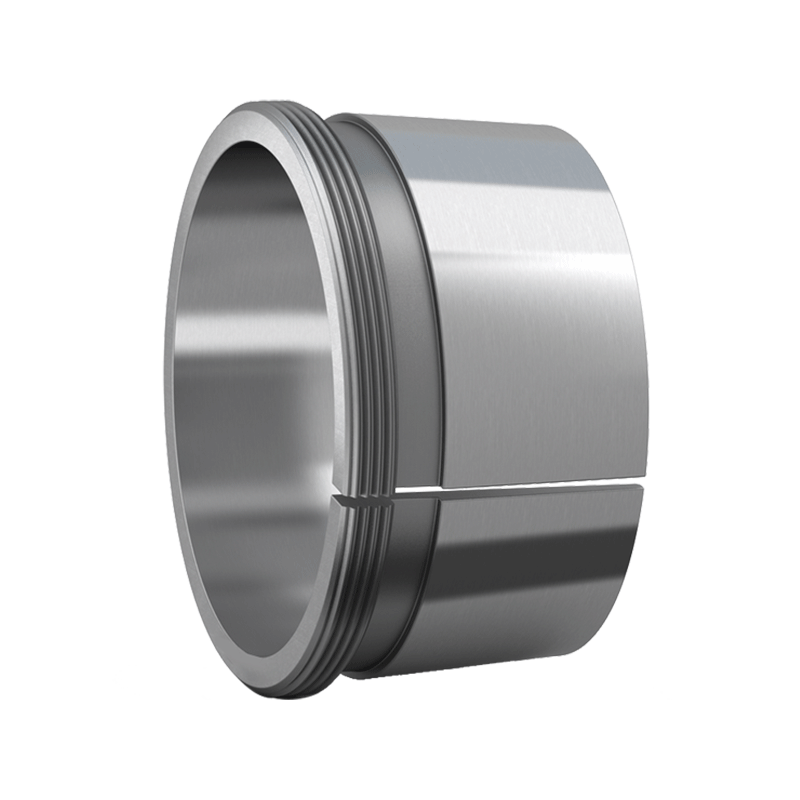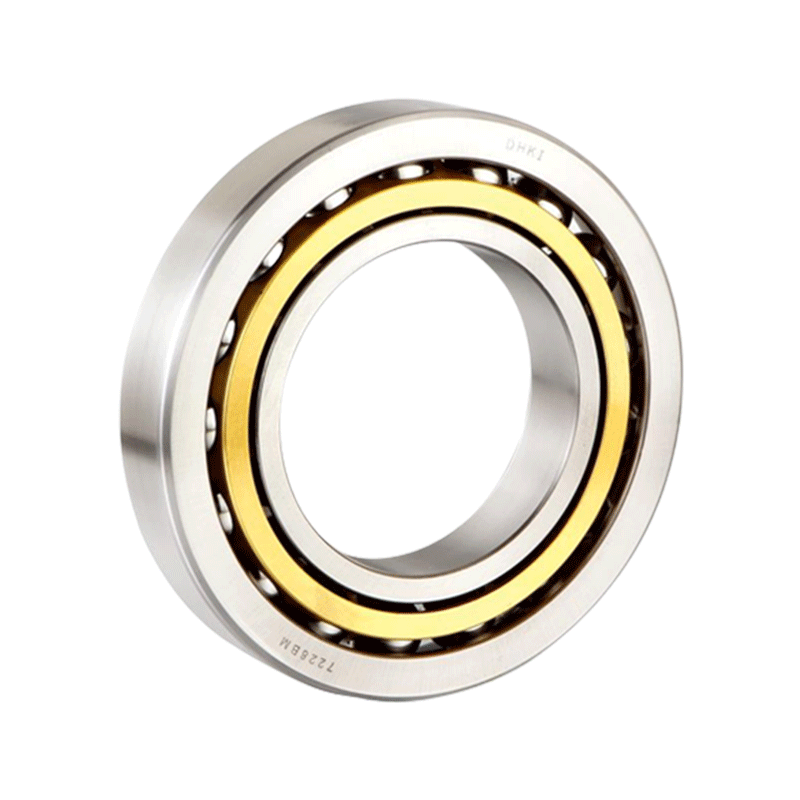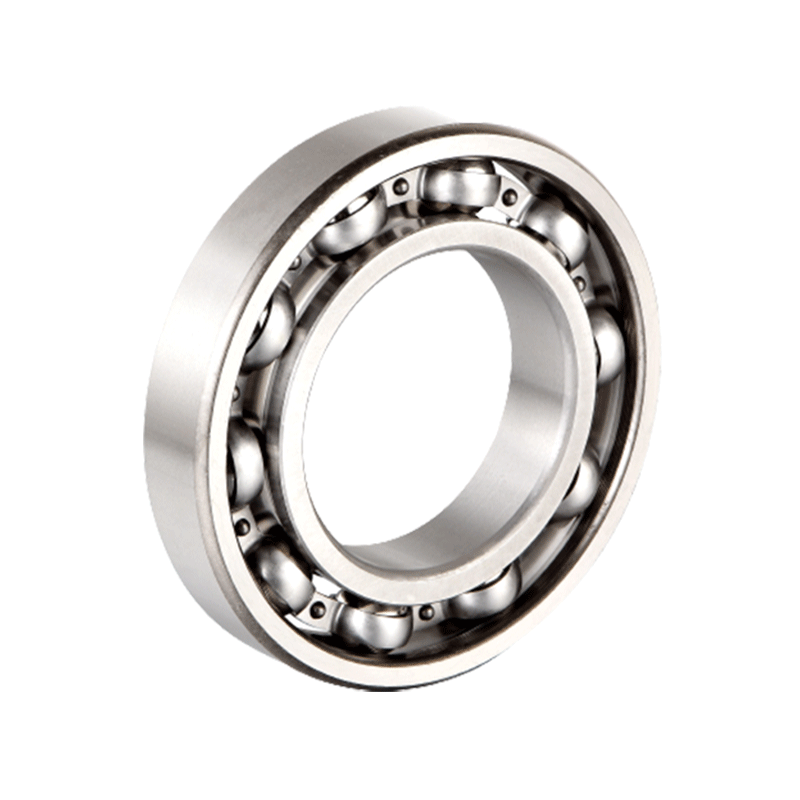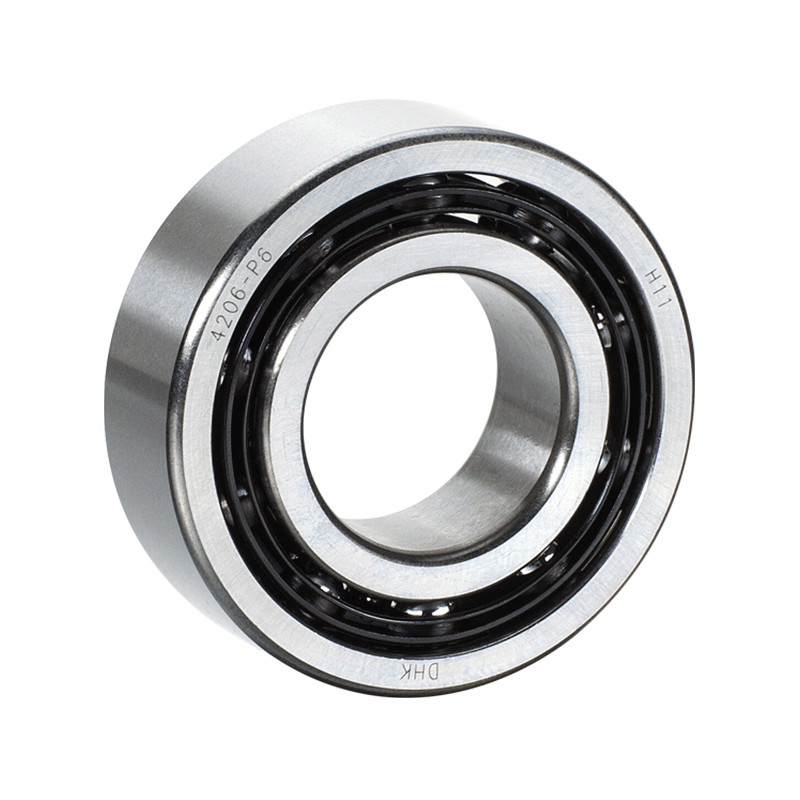The internal clearance of four row tapered roller bearings plays a critical role in their performance and lifespan. Here’s how it affects them:
Load Distribution and Fatigue Life: Internal clearance determines the spacing between the rolling elements and raceways within the bearing. Optimal clearance allows for smooth rolling contact, distributing loads evenly across the bearing surfaces. This even distribution minimizes stress concentrations, which are major contributors to fatigue failure. Bearings with correct internal clearance experience reduced wear and extend their fatigue life, crucial for applications subjected to high loads or dynamic forces.
Temperature Management: Proper internal clearance facilitates effective heat dissipation within the bearing assembly. It allows sufficient room for lubricant to flow and distribute evenly across contact surfaces. Adequate lubrication and reduced frictional heat generation are essential for maintaining operating temperatures within acceptable limits. Bearings operating within optimal temperature ranges experience less thermal expansion, minimizing the risk of dimensional changes that could affect performance and longevity.
Operational Stability: Internal clearance directly influences the bearing's ability to maintain stable operation under varying conditions. It balances the axial and radial play within the bearing, crucial for precision machinery where minimal vibration and operational noise are essential. Bearings with excessive clearance may exhibit increased play, leading to vibration and potential misalignment, whereas insufficient clearance can restrict movement and cause binding under load. Optimal clearance ensures smooth operation, enhancing overall system reliability and performance consistency.
Impact on Lubrication: The internal clearance affects lubricant distribution and effectiveness. Adequate clearance allows for proper lubricant flow throughout the bearing, ensuring sufficient film thickness between rolling elements and raceways. This lubricant film prevents direct metal-to-metal contact, reducing friction, wear, and the risk of premature failure. Bearings with improper clearance may experience inadequate lubrication, resulting in increased frictional resistance, elevated operating temperatures, and accelerated wear rates.
Assembly and Installation: During bearing assembly, maintaining correct internal clearance is critical for achieving precise alignment and operational integrity. Proper clearance facilitates easier installation and adjustment of bearing components, ensuring that the bearing operates within its specified design parameters. This alignment is essential for load distribution and transmission of forces without undue stress concentrations or misalignment-related damage.
Application-Specific Considerations: Different applications require specific internal clearances tailored to their operational requirements. Factors such as rotational speed, load type (radial or axial), temperature variations, and environmental conditions dictate the ideal clearance. For instance, high-speed applications benefit from tighter clearances to minimize internal friction and reduce wear, whereas applications subjected to shock loads may require greater clearance to accommodate thermal expansion and mechanical shock absorption. Selecting the appropriate internal clearance ensures optimal bearing performance, longevity, and reliability tailored to the specific demands of each application.
Four Row Tapered Roller Bearings



 English
English Deutsch
Deutsch






